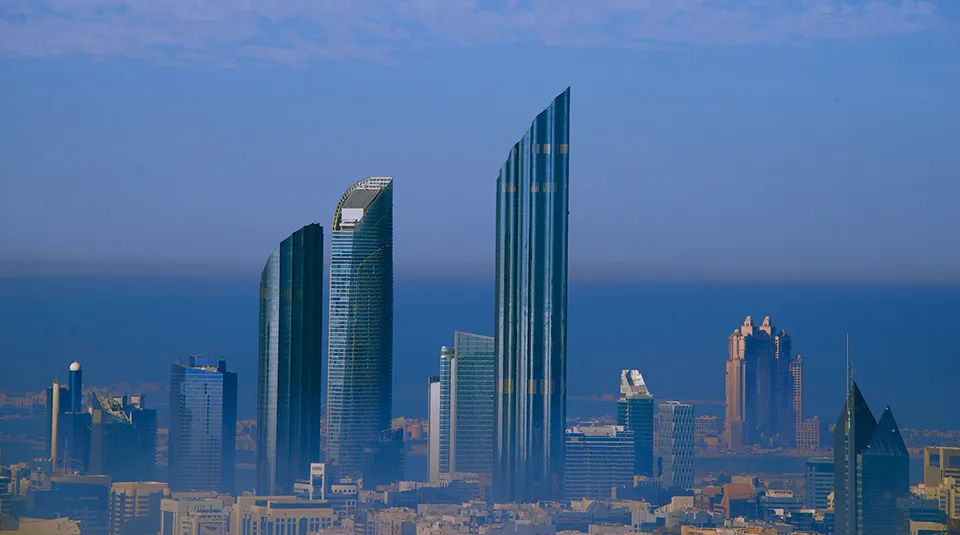On Wednesday, the Abu Dhabi Investment Authority (Adia) released its annual report for 2020. As always, there’s a tantalizing amount missing from the report – total assets under management, precise asset class allocations rather than ranges, for example – but there are always a few nuggets of considerable interest and we think this is the most open and information-rich report to date. Here’s our pick:
1. Returns
Returns in 2020 were so good they’re clearly visible even over multi-decade timeframes.
Access intelligence that drives action
To unlock this research, enter your email to log in or enquire about access


